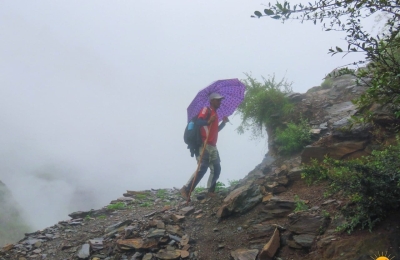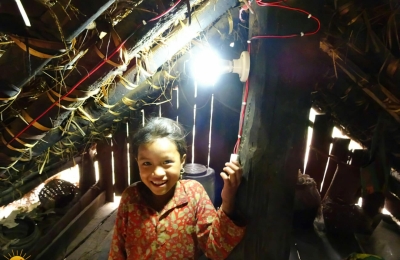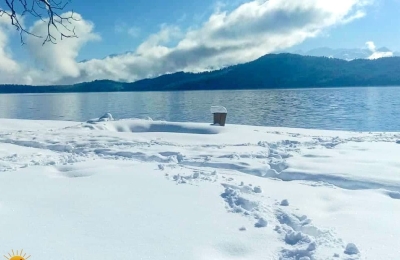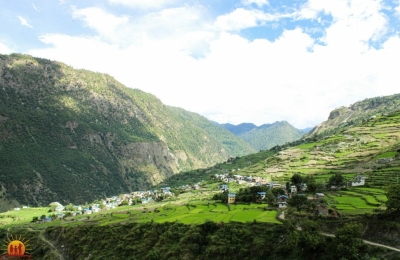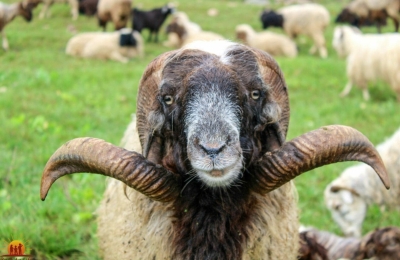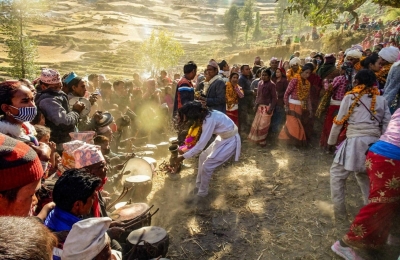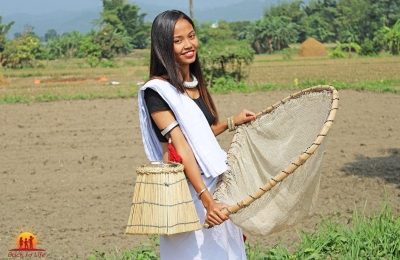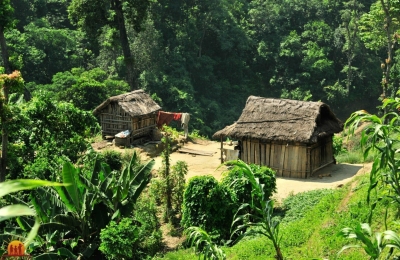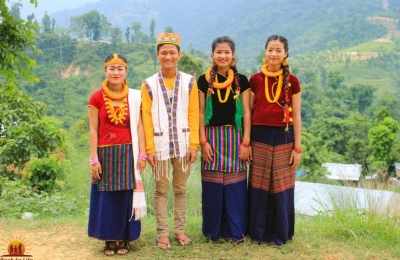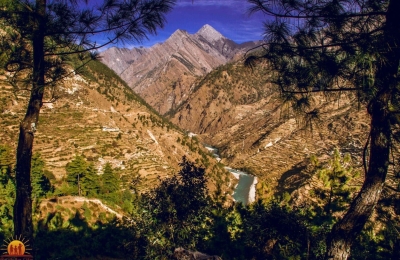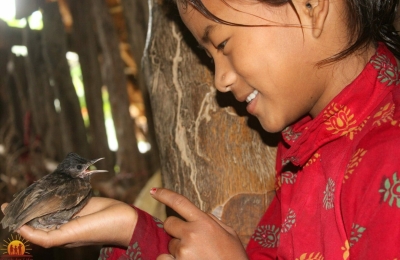

Nepal's topography is unique. There are three distinct landscape regions that run parallel to each other from northwest to southeast. In the north are the high mountains with an average altitude of 4,500 metres, then towards the south the mountains flatten out. They are only around 2,500 metres high and are criss-crossed by large valleys. One of the valleys is the Kathmandu Valley at 1,300-1,400 metres. Finally, in the south of Nepal lies the fertile lowland called Terai, whose lowest point is just 60 metres above sea level.
A total of one third of the Himalayas is located in Nepal and eight of the ten highest mountains on our planet can be found here. The High Himalayas are difficult to access, the terrain is often impassable. There is still a lack of infrastructure, even though some long-distance roads have been added in the past decade. If the roads are not paved, they are washed over by the monsoon every year and are then often impassable for months.

The Terai in the south, however, is the true granary of Nepal. It is irrigated by rivers that originate in the mountains or in the Tibetan highlands. The Terai also includes the largest forest area in Nepal with a diverse flora and fauna, including the Bengal tiger and other endangered species. Active conservation of species has been carried out here since the 1970s through the establishment of national parks.

At least as diverse as its topography, is the country's population. Nepal is home to a multitude of different ethnic, cultural and religious groups. For this reason, it is impossible to make general statements about the life and habits of the people. Rather, there are always new things to discover.
Nearly 30 million people live in Nepal today. If you were to speak to two randomly selected people on the street, the probability that they both come from a different ethnic group would be 66 percent, and that they speak a different language even more than 70 percent.
How exactly this diversity comes about is historically difficult to understand. However, it is probable that the groups that are now counted among the indigenous peoples (Janajatis) and make up about one third of the population came to Nepal from the north via the Tibetan highlands. This is supported by the fact that most of them speak Tibeto-Burmese languages such as Tamang, Gurung or Sherpa, just to name a few. The other ethnic groups have come to Nepal from the south, west and east, where access is much easier. They tend to speak Indo-Aryan languages related to the languages of northern India, such as Awadhi, Maithili or Bhojpuri.


Even a simplified representation showing the ten largest groups shows us how diverse the population is.
Bahun are the Brahmins and highest caste, Chhetri the second highest group of the former warriors. The Magar belong to the Janajatis, they are one of the oldest peoples of Nepal, as well as the Tamang. The Tharu populate the Terai and speak an Indo-Aryan language. Yadav is an ethnic group coming from India, who were originally cowherds. The Rai belong to a people who settled mainly in eastern Nepal and whose expression of Hinduism is strongly shamanic. Muslims probably arrived in Nepal around the 15th century. Unlike India, the country was never conquered by Islamic rulers.

Castes also play a role in the other direction. For example, although the Bahun, Chhetri and Thakuri do not form a majority of the population, they determine politics as a dominant minority in most of the districts. This group is referred to as Khas Arya in Nepali public opinion. Although Nepal's political system provides for social inclusion at every level of government, e.g. through quotas for women and Dalits, these groups are often still underrepresented and less organised politically. Therefore, it will probably take some time before the still young democracy actually represents the interests of all groups in public.

Until the 2000s, Nepal was a monarchy, sometimes constitutional, sometimes more absolutist. From 1996 to 2006, the country went through a civil war that claimed at least 17,000 lives. The Maoists fought against the monarchy. The army and police, in turn, took action against rebels, but often also against civilians on suspicion. The conflict left many wounds all over the country. In 2006, it was finally decided to end the monarchy and cede Hinduism as the state religion. The first constituent assembly of 2008 could not agree on a constitution for a long time. Only after several new elections and years of negotiations did the Constitution of the Federal Democratic Republic of Nepal finally come into force in 2015. Today, Nepal's parliament consists of two chambers with 275 and 59 members. Bidya Devi Bhandari has been President since 2015, and Sher Bahadur Deuba has been Prime Minister since 2021.


Nepal's culture is characterised by the ethnic, religious and linguistic diversity of its inhabitants. Nepali is the country's only official language, although the 2015 constitution recognises more than 120 languages that have been mentioned as mother tongues as national languages. Being multilingual is the norm in Nepal. Besides Nepali and, if applicable, a different mother tongue, English is widely spoken, especially in tourism. In the north somewhat less than in the south, many people also understand and speak Hindi, the national language of India, due to labour migration and the consumption of Indian media.
In Nepal, besides the written literature that dates back to the 14th century, there is also a great deal of oral tradition. Many myths, fairy tales, legends and fables are based on a storytelling tradition. In the villages you will quickly find old people or shamans who can freely tell you a whole range of fairy tales, legends or even ghost stories. Many of these stories have never been written down.


